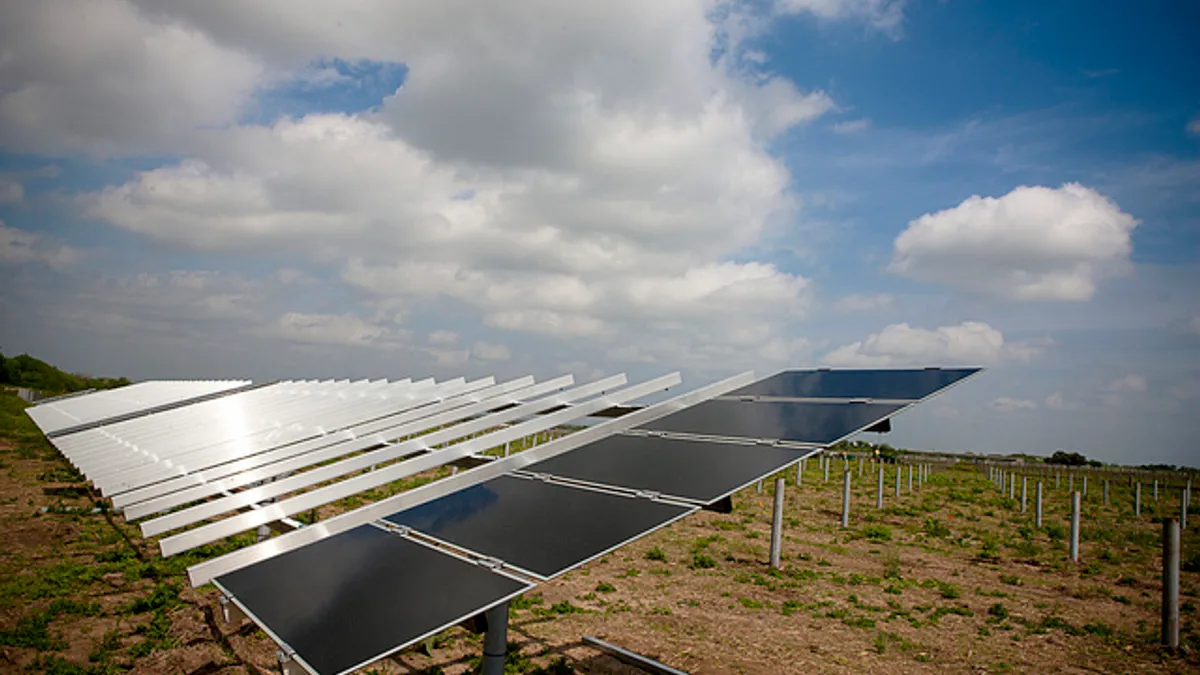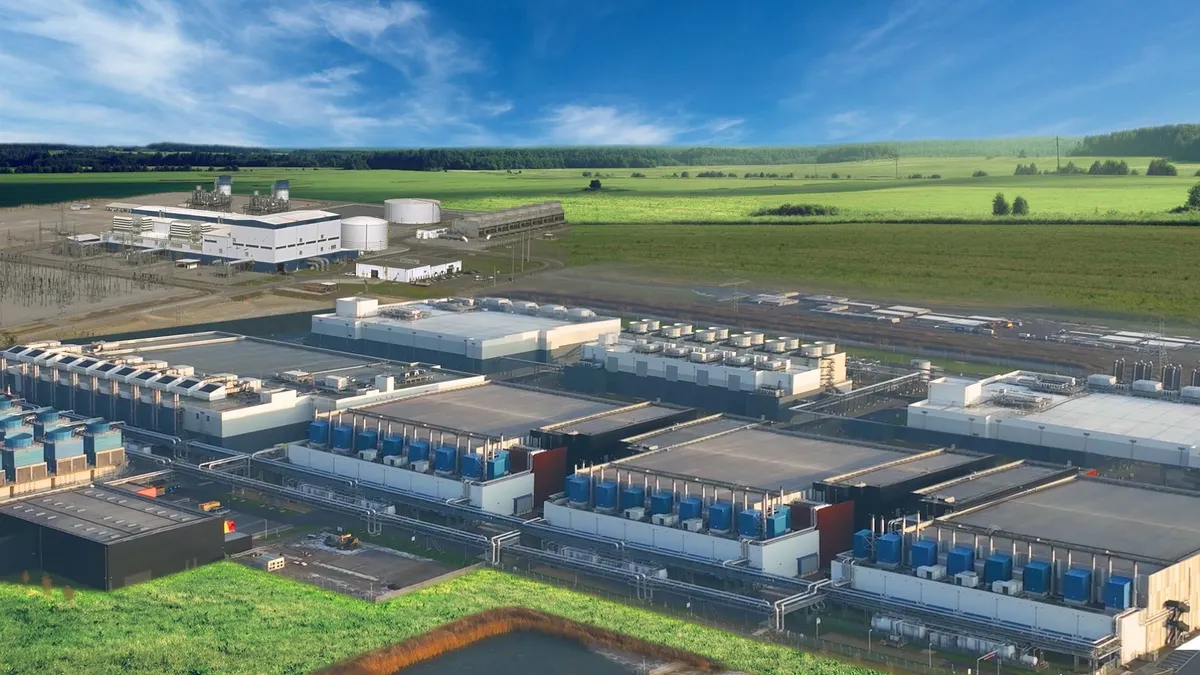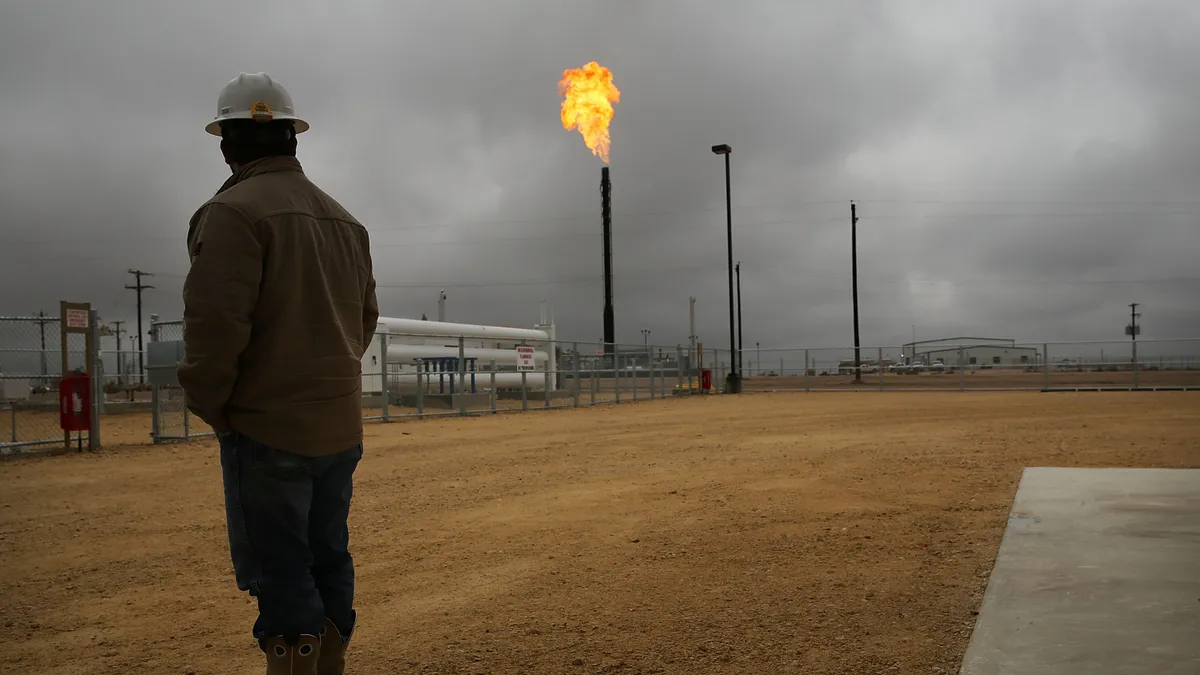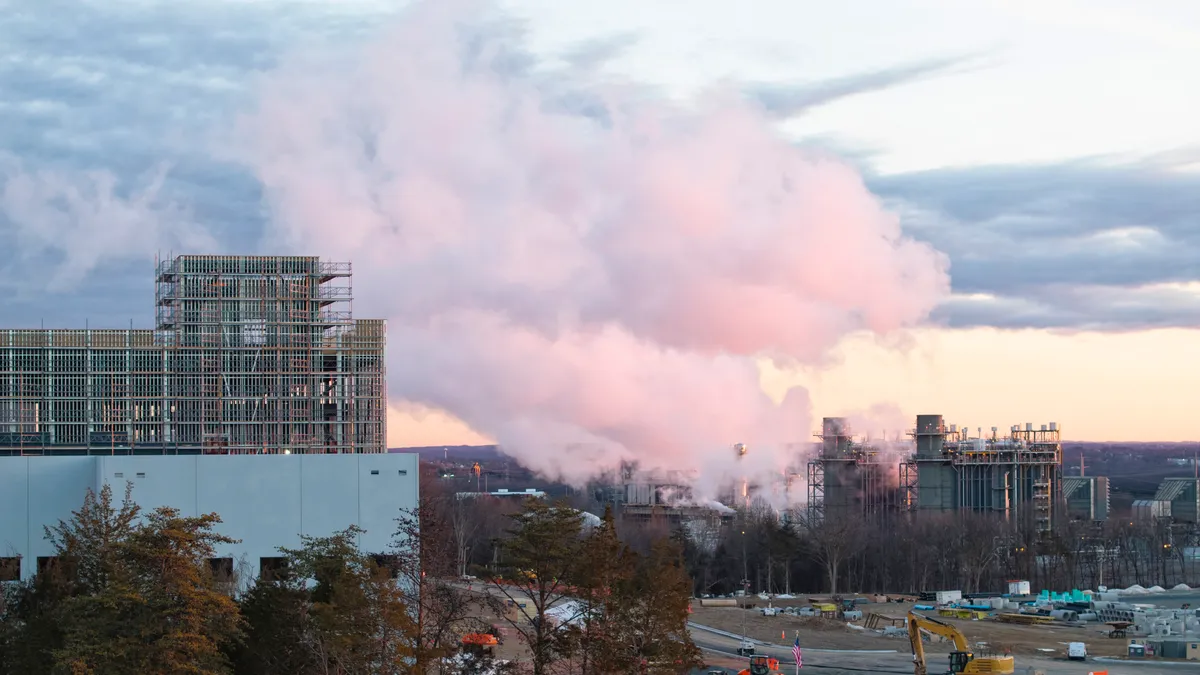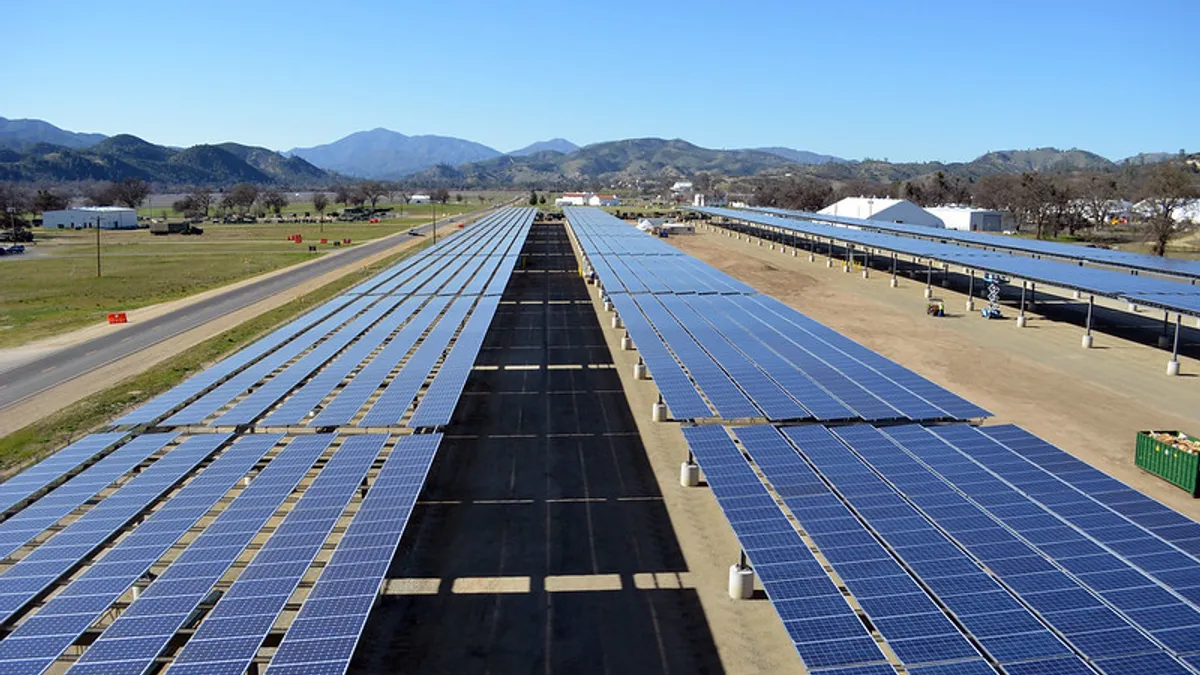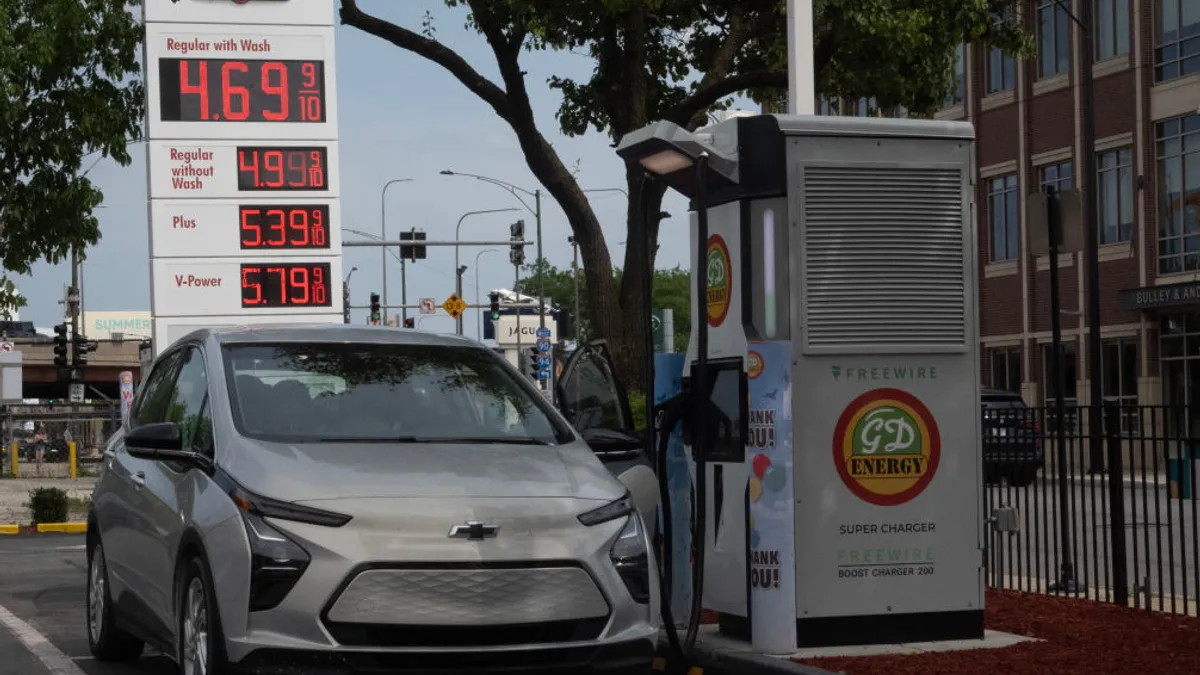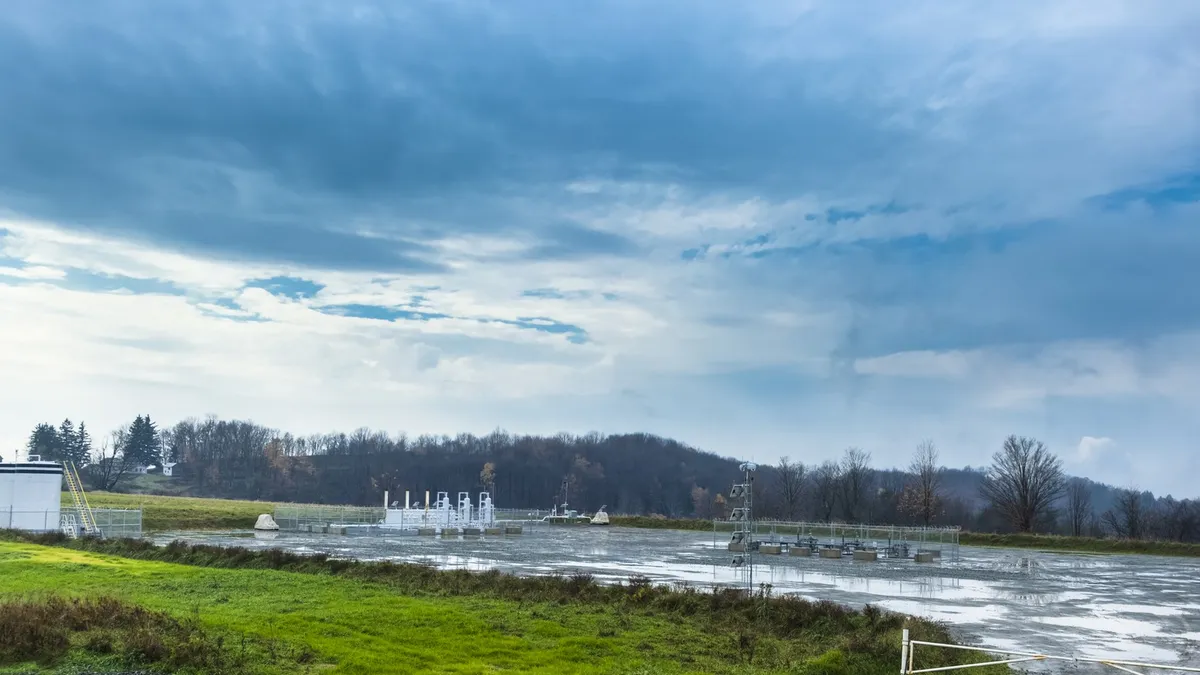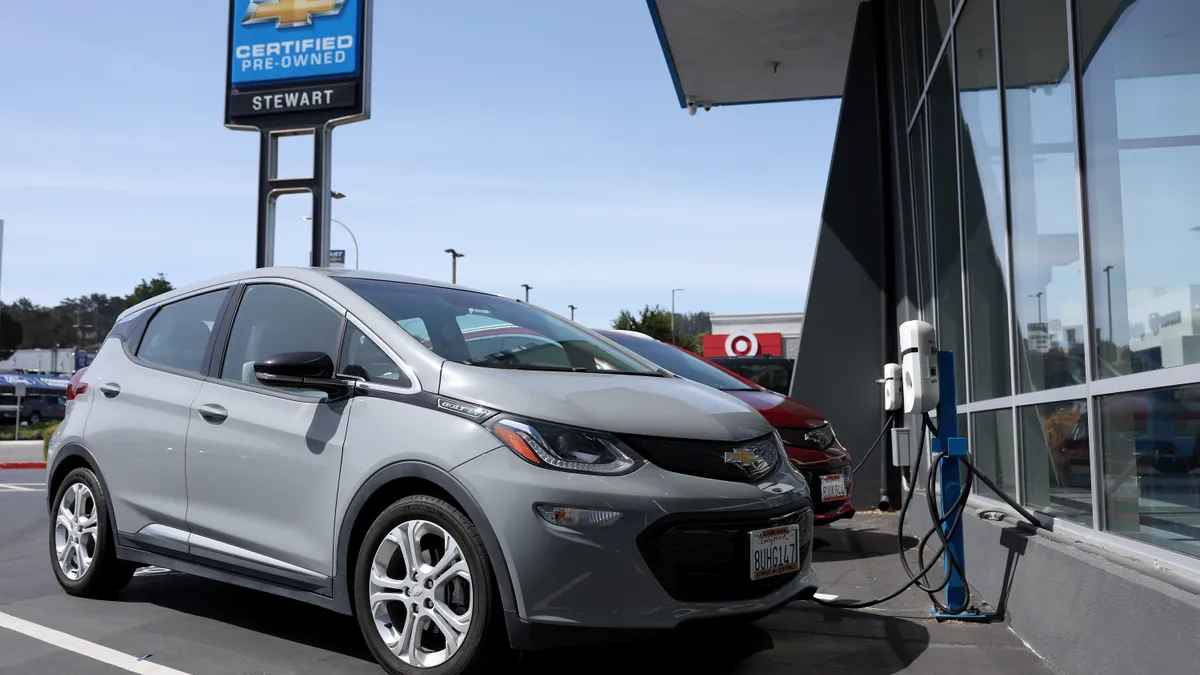When PacifiCorp filed its long range resource plan last month, the strategy looked similar to what has been happening around the country: utilities turning away from coal and towards cleaner resources, especially efficiency. But the actual numbers were worthy of a double-take.
“Energy efficiency has proved to be a remarkable resource for us," said spokesman Ry Schwark.
PacifiCorp, part of Warren Buffett's Berkshire Hathaway Inc., serves 1.8 million customers in six states through its Pacific Power and Rocky Mountain Power utilities, and is planning to meet 86% of new demand across the next decade through demand side management. But also impressive are the differences between this newest Integrated Resource Plan and the update filed just two years ago. According to Schwark, in that long range plan the company foresaw meeting just 53% of load growth through efficiency.
That means the utility won't need to construct another major power plant until 2028, and along the way will either shutter 10 older, inefficient coal units, or convert them to natural gas.
But the plan also notes there is uncertainty: Utilities around the country are waiting for the final Clean Power Plan regulations, expected out next month. The final targets will determine compliance plans, shift resource bases and likely send utilities scrambling to revisit and touch up their strategies.
PacifCorp's plan is currently before utility commissions in Oregon, Washington, California, Utah, Wyoming and Idaho.
“Carbon regulation has certainly been informing our plans for quite a number years,” Schwark said. The company has been “modeling carbon taxes and trying to impute the risks into our forward going plans,” he said. “Right now we are much more focused on the EPA and Clean Power Plan… Once we get the final regulations we expect our next IRP to analyze that more closely.”
The rapid rise of efficiency
Between its 2013 and 2015 IRP's, PacifiCorp's estimates for energy efficiency in its portfolio grew 59%, driven in large part by increased cost-effective lighting opportunities followed by heating, cooling, water heating, appliances and industrial process end-uses.
“PacifiCorp continues to evaluate DSM as a resource that competes with traditional supply-side
resource alternatives,” the company said. In developing the resource plan, the company said it used “updated estimates of reasonably achievable DSM resource potential”
Last year the utility saved more than 553,200 MWh, enough to power nearly 59,000 homes for a year, through its efficiency programs.
That's about the number of homes in the Bend, Oregon area. Because of these savings, the company doesn't envision building another major thermal power plant in almost a decade and a half.
Efficiency and distributed generation are helping to keep the utility's peak loads manageable as well. Though peak load will grow, through 2024 it is expected to increase at just 0.89%, from 10,368 MW to 11,224 MW. For the forecasted 2015 summer coincident peak, the utility said it either owns or has an interest in 11,810 MW to serve demand.
Scrapping coal
Most of those resources – just over 50% - are still coal plants, with natural gas making up around a quarter. Renewables makes up just 3% of PacifiCorp's 2015 resource base, and demand side management programs add almost 4%.
Plans call for PacifiCorp to shutter 10 coal units by 2029, and by 2034 it will drop 2,800 MW of coal capacity. That shift is already under way, said Schwark, and has been for some time. The company closed two units at its Carbon Plant earlier this year, and it has decided to convert the Unit 3 at the Naughton plant nito natural gas by 2018. It is still mulling whether to close or convert Cholla 4 by 2024.
Dave Johnston units 1 through 4 will reach the end of their depreciable life in 2027, and Naughton units 1 through 3 will do the same in 2029, the company said.
“We expect to about halve the generation we use from coal by 2034, Schwark said. But he also said the utility is moving at a measured pace, trying to balance coming carbon mandates with the need to choose least-cost options.
“Pacific Power has an awful lot of rural customers across the state. And while the recovery has hit some of the Portland metro area, we have customers in rural areas still not doing as well as the rest,” Schwark said. So when it comes to the speed of the transition, “we try to be a little concerned about the costs.”
Renewables
The company has invested heavily in expanding renewable portfolio through a mix of projects it owns as well as power purchase agreements with renewable developers. The company boasts it is “the second largest owner of wind generation assets among rate regulated utilities in the United States,” and said renewable and non-carbon resources make up a quarter of its generation.
And within the next two years, the utility will add additional wind and solar capacity through contracts with independent power producers. PacifiCorp owns or purchases 2,373 MW of wind resources, and said since its 2013 IRP update it signed agreements for an additional 250 MW.
PacifiCorp also has 31 solar projects under contract representing 579 MW of nameplate capacity – but the vast majority of that is new. Of the projects, 15 totaling 523 MW have been added since that IRP.
As the company continues to add solar resources, Schwark said it would also be looking to invest in storage options. “We are looking at that very seriously,” Schwark said, noting Oregon has recently passed legislation encouraging utility storage. But he added it is “still relatively early” in the planning process.
"I think all of us have been recognizing for some time that with climate change and emissions concerns we need to transition," Schwark said. "Discussion of that has increased, and its one of the reasons we're talking more vocally about our IRP plan and the transitions. There's a lot of concern about these issues ... but you have to balance various factors."



